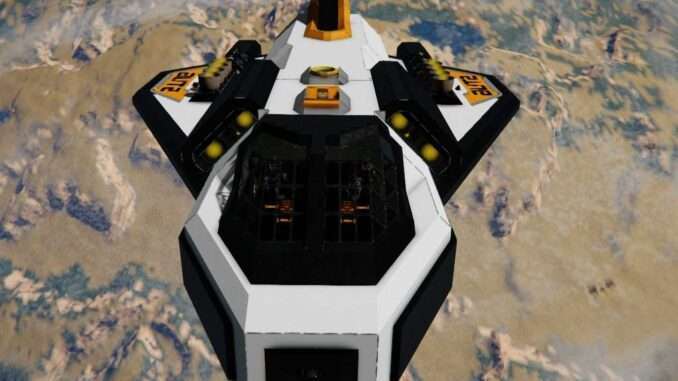
In this guide you will find a simple way to classify your ships in SE. This is meant for new players who want to build their own stuff but anyone can use it if they wish. This is the same system that I will be adopting to my fleets in the IRW Iron Wolves Empire once I finish the last preparations for the conversion.
Guide to Universal Ship Classification
Fleet Tier Basics
This section explains how a vessel tier system should look like in a rather simple way. This includes class types and sub-types.
Vessel Types from Largest to Smallest
- Super Carrier
- Super Dreadnought
- Dreadnought
- Carrier
- Battleship
- Battle-cruiser
- Cruiser
- Destroyer
- Corvette
- Frigate
- Gunship
- Carrier sub-types: battle, exploration, troop, supply
- Cruiser sub-types: heavy, light, offensive, defensive, command, artillery, torpedo, missile
- Destroyer sub-types: missile, torpedo, light, heavy
- Corvette sub-types: missile, torpedo
Classification: Size & Roles
This section will give an idea about the size and roles of your ships.
The numbers are estimates combined with guesses and some data from published ships on the workshop. They are merely suggestive and are not hard restrictions to the build process.
PCU count will be based upon the estimate block count range.
Super Carriers
- Block Range: +100,000
- PCU Range: +350,000
Realistically these ships won’t appear in everyday games but I will still explain their role and size.
A super carrier is basically a mobile city so it would be around 100k blocks at least with a PCU reaching well over 350k. A ship that is self-sufficient and requires practically no escort but would be a traveling hub for the rest of the fleet. Vessels of smaller size, around gunships to destroyers would be able to dock inside a hangar since the vessel is so massive. Although a hangar for larger ships is not required for these behemoths as they would usually hold massive amounts of fighters and resources to support orbital bombardment and invasion logistic requirements.
Super Dreadnought
- Block Range: +100,000
- PCU Range: +400,000
These ships are as big as you would need them to be. They wouldn’t show up in everyday games but someone may build one and post it on the workshop.
A super dreadnought is about as big as a super carrier but is known for being the primary command ship of any fleet and would be equipped with every weapon imaginable. These vessel you would not want to fight with any ship directly but, instead cut off its resupply convoys that are en-route. The sole purpose of these vessel, in my opinion, is domination over a certain area. They are too big to fight so either starve it of resources or attempt to take over the ship.
Dreadnought
- Block Range: 50,000 to 100,000
- PCU Range: 150,000 to 350,000
Unnecessarily large battleships with big boy guns. With armor easily up to ten meters thick these ships are a smaller variant of the super dreadnought. Same role as the super dreadnought, the standard dreadnought can be seen through out some everyday games. Since they are so big they end up being the star of the show and the biggest target. I personally see these ships as a show of force to the enemy’s big space boat. Showing that I can match their tonnage capabilities. They still have their command capabilities with enough space to accommodate a rear admiral and their staff with their own quarters and workspace.

Carrier
- Block Range: 25,000 to 75,000
- PCU Range: 35,000 to 100,000
The carrier is the local fleet’s command center with a bunch of fighters and support craft on station. These vessels will likely use their fighters more than head to head engagement. The fighters aboard are the weapon systems. If a carrier has no way to defend itself it should not be fired upon because it does not present a threat. Save the bullets will ya? Some carriers may participate in ground invasion with landing capabilities to deploy tanks, troops, and deliver supplies. Some carriers may even house drop-pods for rapid strike team deployment. Example: ODST, Orbital Drop Shock Troopers from the Halo game series.
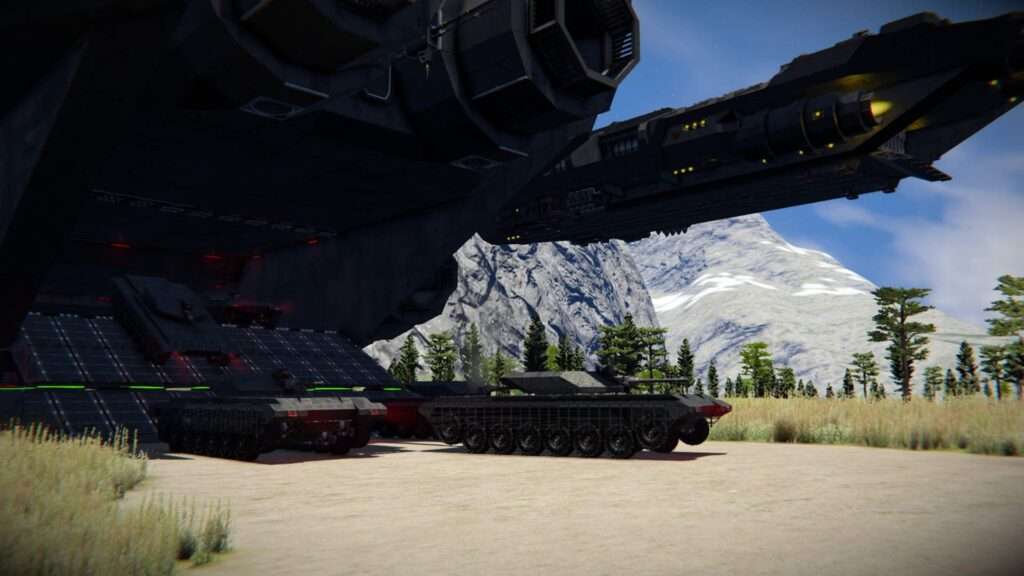
Battleship
- Block Range: 20,000 to 50,000
- PCU Range: 40,000 to 80,000
A balance between defense and offense capabilities. Fast enough to keep up with the cruisers but heavy enough to prevent atmospheric invasion. These vessels are known for orbital bombardment, orbital defense, and a show of force to smaller fleets. Any vessel bigger than a Battleship should not meet each other on different sides as it would just result in a death battle where no one wins. These will most likely wield the big weapons you can’t fit on your cruisers.
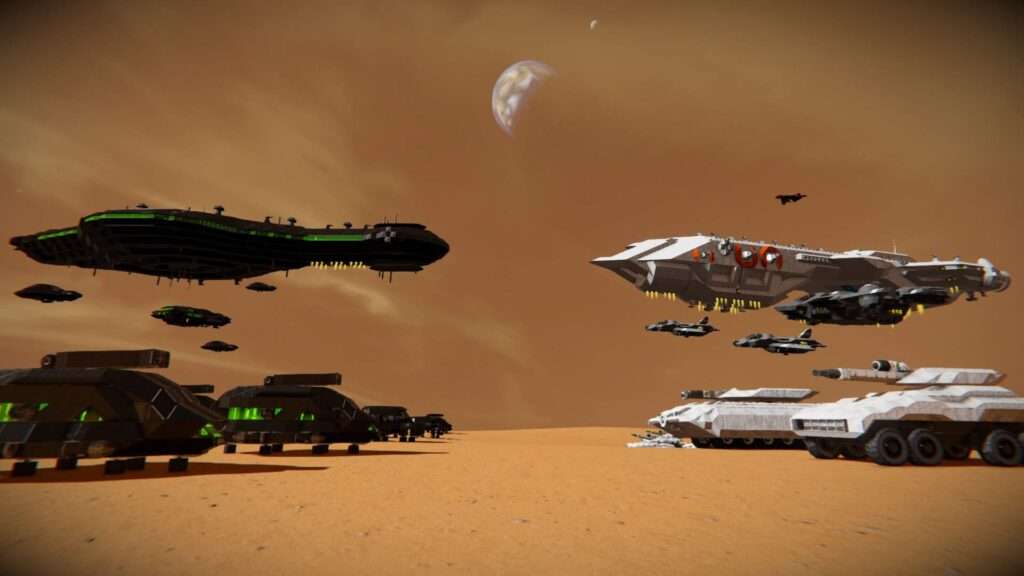
Battle-cruiser
- Block Range: 10,000 to 25,000
- PCU Range: 20,000 to 45,000
Glass cannons on thrusters. These vessel are designed for speed and firepower and not so much armor. These ships will chase down other ships and get rid of them or at least do as much damage as possible and run. The weapon systems onboard would be a balance between short range and long range using standard weaponry. No fancy weapons would be onboard here. These are likely seen in PVP battles across most servers.
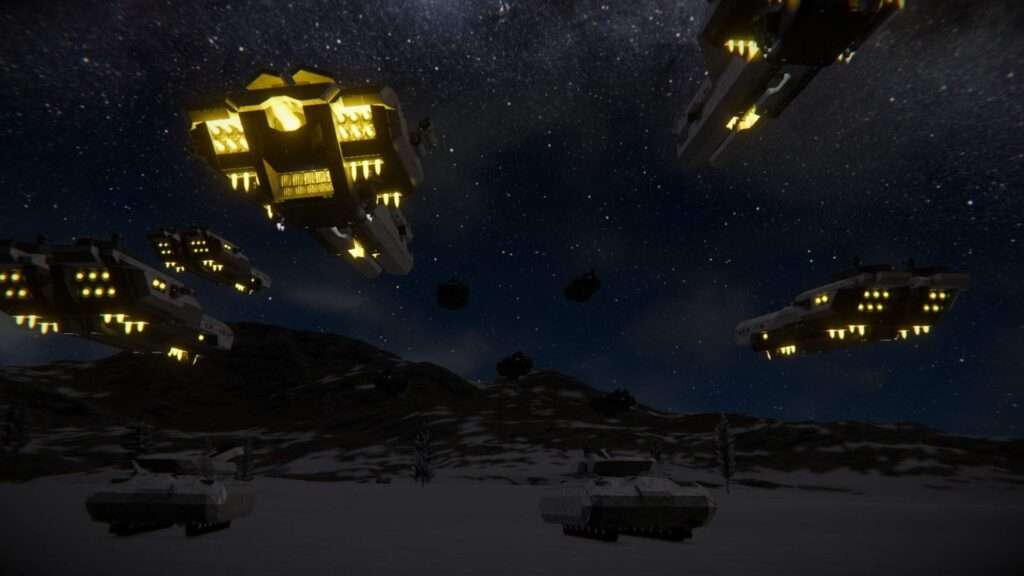
Cruiser
- Block Range: 10,000 to 17,500
- PCU Range: 15,000 to 20,000
The standard vessel of the fleet. The multipurpose ship designed with practicality in mind. Any sub-type of this vessel would result in the same type of hull but with different armament. Easy to fix, reliable, a generally well rounded vessel for new captains. Not all cruisers will have atmospheric capabilities.
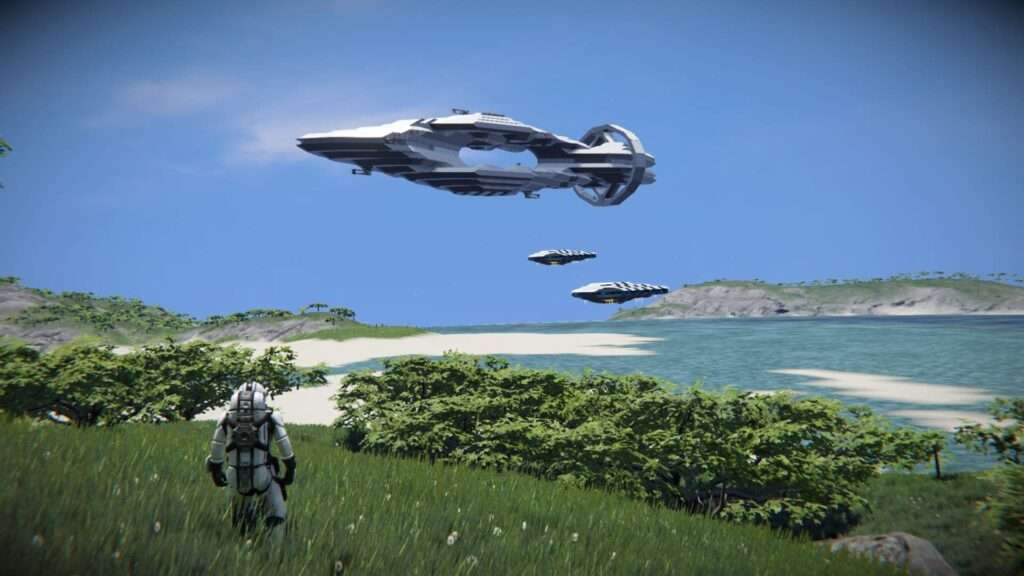
Destroyer
- Block Range: 4,000 to 8,000
- PCU Range: 6,000 to 12,000
A small annoyance. Lots of firepower, mass produced, weak armor but hard hitting, and generally used in PVP battles. You’ll see a lot of these around no matter where you go. Don’t expect nothing from these little vessels because they can bring down just about any ship smaller than a Dreadnought by itself. Destroyers can be seen escorting all ships large than it and protecting convoys. This vessel should have atmospheric capabilities for air support but is not required.
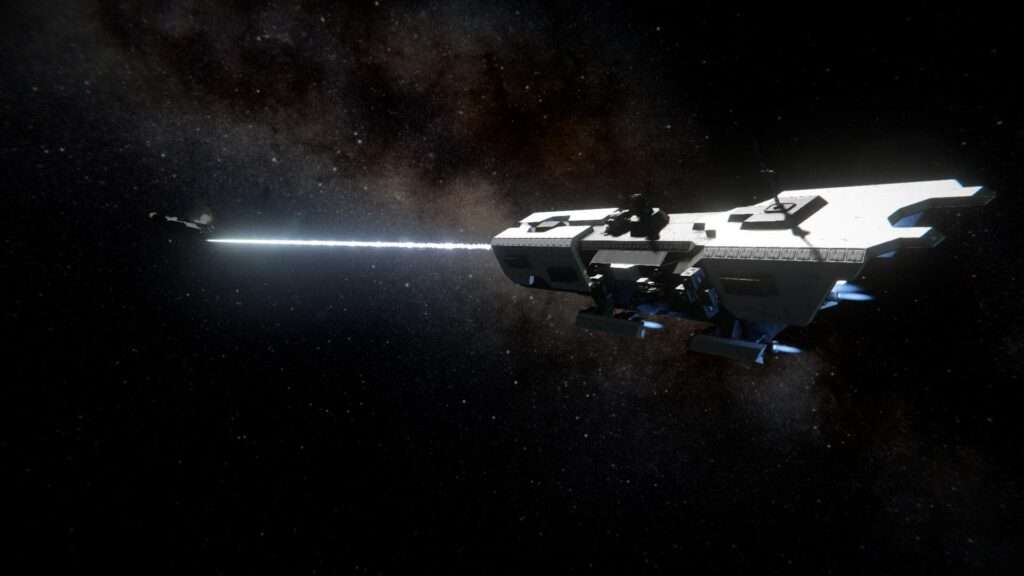
Corvette
- Block Range: 2,000 to 7,000
- PCU Range: 3,000 to 8,750
Its like a destroyer but it lacks weaponry. Its generally a deep space patrol boat but it can be seen in the main fleet on escort tasks. This vessel would be atmospheric in its design but it can also be space only.
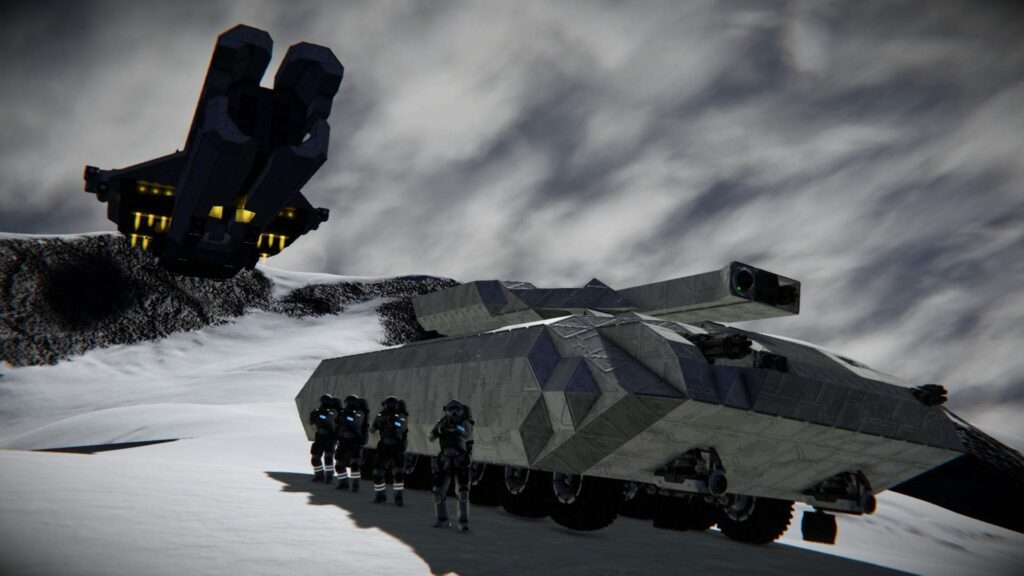
Frigate
- Block Range: 500 to 2,350
- PCU Range: 750 to 3,000
The coast guard’s finest. A relatively small ship meant to patrol around planets, moons, and areas of specified importance. This type of ship wouldn’t have a jump drive but some iterations may have one if the Star Navy requires it. Minimal weaponry, most likely a gatling turret or auto cannon.
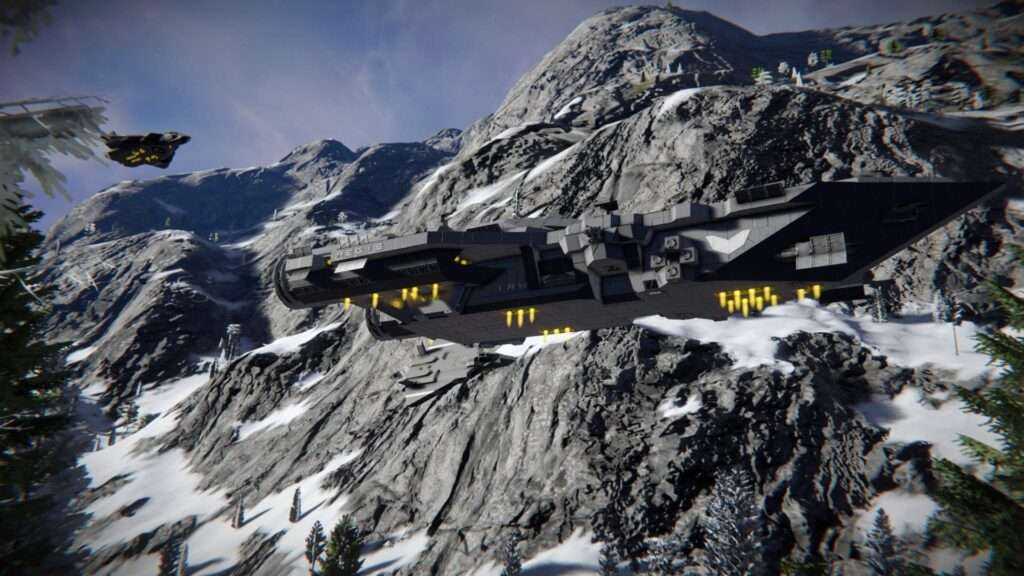
Gunship
(Large Grid)
- Block Range: 125 to 1,250
- PCU Range: 450 to 2,000
(Small Grid)
- Block Range: 2,000 to 12,000
- PCU Range: 3,575 to 22,000
A small atmospheric to orbit only vessel. These may be found in hangars on carriers along side fighters depending on size. These vessels would have a balance between speed and weapons capabilities. A hit and run style ship, for those who wish to avoid direct confrontation.
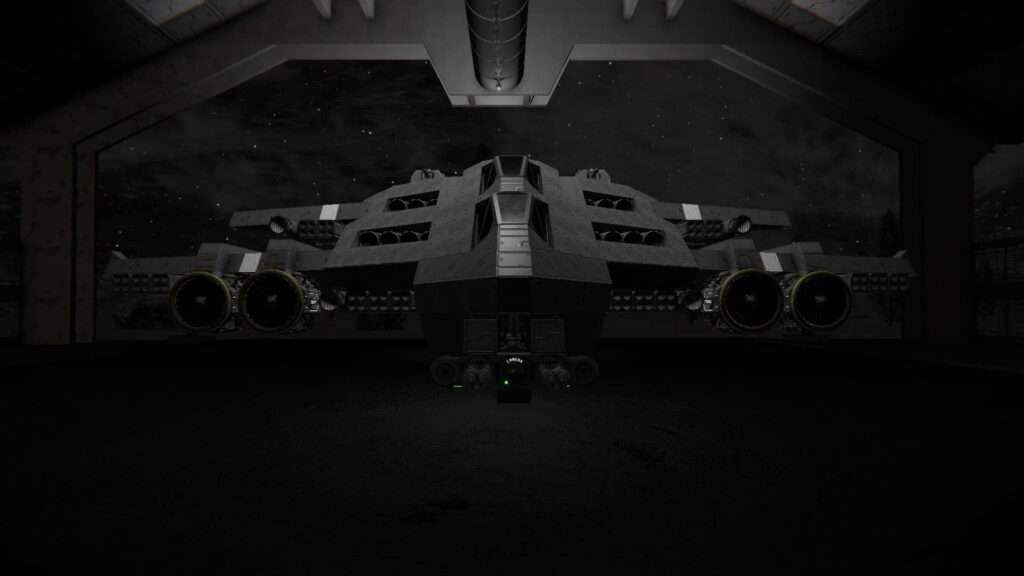
Ship Sub-Types
This will only cover Battle-Cruisers and vessels smaller than it.
Battle-Cruisers
- Missile
- Artillery
- Laser (Mods as of Warfare 2)
Cruiser
- Offensive
- Defensive
- Missile
- Artillery
- Exploration
- Command
- Medical
- Torpedo
- Stealth
- Police
- Railgun
- Sentinal
Destroyers
- Attack
- Fast-Attack
- Missile
- Torpedo
- Artillery
- Exploration
- Stealth
- Police
- Railgun
- Sentinal
Corvette
- Atmospheric
- Stealth
- Torpedo
- Missile
- Railgun
- Police
- Sentinal
Frigate
- Exploration
- Sentinal
- Stealth
- Police
- Atmospheric
All of these should be self-explanatory.
If not then leave a comment and I’ll see what I can do about it.
General Construction
Survival Numbers
If your fleet numbers do not match these numbers. You may need to think about your construction choices a little bit. At least do some math to find out if you’re making ships quickly and effectively.
Super Carrier
- You shouldn’t have these at all. If you do then your pc is on fire.
Super Dreadnought
- You also shouldn’t have these at all. If you do then your pc is on fire.
Dreadnought
- You can have only one of these because no one is going to attack a dreadnought. Unless they know what they are doing.
Carrier
- You can have two or three of these. Just make sure they are being used effectively and you’ll be fine.
Battleship
- You can have at most five of these. They big and expensive to operate most of the time.
Battle-Cruiser
- I’ll take ten please.
Cruiser
- Should I build a cruiser or a number of destroyers?
- Yes.
Destroyer
- You’re gonna have lots of these.
Corvette
- This is meant for a group of strike teams to use for their own individual assignments.
Frigate
- That thing is tiny! Does it even have a jump drive!?
Gunship
- Bringing guns to a knife fight since the dawn of war.
General Q&A
- Q: Who is in Command?
- A: During fleet formation the largest ship with the highest ranking official will have command on the vessel they choose to board.
- Q: What if its two ships with the exact same specs and ranking officials?
- A: Combat Service Record. Whoever is more experienced will lead.
- Q: What if I lose contact with command because either I am lost or they were destroyed?
- A: The captain or highest ranking official is now in command but if the highest ranking official fails then a lower ranking member may take temporarily take command.
- Q: How do I command a fleet?
- A: You’ll need to examine your position and use your assets wisely. That’s all I can say, sorry.
- Q: How do I apply this guide to my currently existing fleet?
- A: You’ll need to go through and check their specs and cross reference them to ensure they follow the guide specs.
- Q: Where do you get this information?
- A: Years of experience, data analysis, feedback from users, trial and error.
- Q: How practical is this?
- A: As practical as you make it. Space vessels don’t grow on trees but they might soon. Until then you’ll have to make do with what you got.



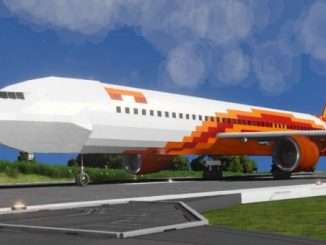

why is the frigate smaller then a corvette
One of your Theoretical Types, Battle Barge, and Weapons Platform Vessel, along with along with the Destroyer “subclass”, Artillery; would all combine to make what’s known as a Monitor. A Monitor is a smaller destroyer/frigate sized and armored vessel that was armed usually with a single turret with main guns of near or at battleship caliber. They were used for both shore defense against naval fleet invasion AND were used as bombardment vessels DURING naval fleet invasions. In this case, a Monitor would be a Planetary Defense/Siege vessel. They’re paper armored so as to keep their mass low for propulsion purposes and IRL, for wading shallow waters. In SE, the low mass would be to assist in orbital stability. With that mass saved, extra mass is used in the single big gun emplacement. A true glass canon.
I honestly prefer the way it was in RL. Ship type was measured via total main weapons caliber/mass or function PLUS % of mass being dedicated to armor. IIRC, was often around 30% of total mass was considered a Battleship for most navies. Some tossed around 20% being the qualifier.
Hybrids also possible; “Fast Battleship” ex Bismark & Tirpitz; they didn’t have the caliber that was much higher than heavy cruisers, but had the armor to mass ratio plus speed.
Having ship type by number of weapon hard-points wouldn’t work with an Atlanta light cruiser, which was packed with guns for a pure AAA role and escort. You’d accidentally classify light cruisers as Battleships just because of the amount of hard-points. Likewise, something along the lines of a Prinz Eugen would get classified wrong since main armament was 8inch guns 4 large emplacements, which for at only 19,000 long tons, was some heavy fire power for a cruiser. Mass of broadside & armor vs total mass is what I use.